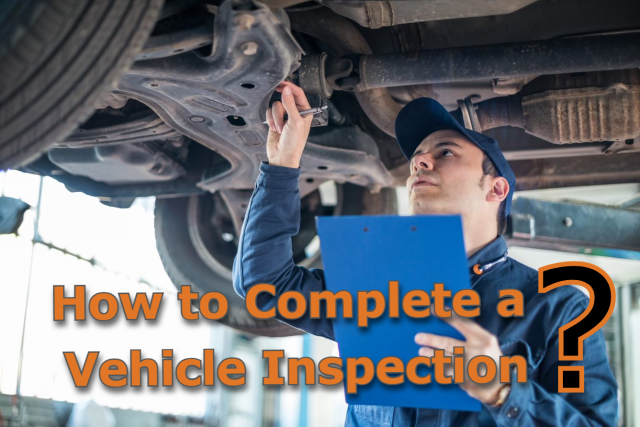By following these steps and paying close attention to detail, you can significantly increase your confidence in any vehicle purchase or sale. A thorough inspection can save you time, money, and potential headaches down the road.
Why Vehicle Inspections Matter
A thorough vehicle inspection is essential, whether you’re buying a used car, selling your own, or simply maintaining your current vehicle. It helps identify potential issues, assess the overall condition, and make informed decisions.
Key Areas to Inspect To conduct a comprehensive vehicle inspection, focus on these key areas:
Exterior Inspection
- Paint and Bodywork: Check for scratches, dents, rust, and uneven paint jobs.
- Glass: Inspect the windshield, windows, and mirrors for cracks, chips, and damage.
- Tires: Examine the tread depth, tire pressure, and overall condition, including sidewall damage.
- Lights: Test all exterior lights, including headlights, taillights, brake lights, turn signals, and hazard lights.
Interior Inspection
Seats and Upholstery: Assess the condition of the seats, upholstery, and carpets for wear, tears, and stains.
Dashboard and Controls: Check the functionality of all gauges, buttons, and controls, including the climate control system.
Odometer: Verify the mileage reading and ensure it aligns with the vehicle’s overall condition.
Interior Lights: Test all interior lights, including dome lights, map lights, and trunk light.
Under the Hood
Engine Compartment: Look for signs of leaks, corrosion, and excessive dirt or grime.
Engine Oil: Check the oil level and its color. A dark, sludgy appearance may indicate poor maintenance.
Coolant: Inspect the coolant level and its condition. A rusty or discolored coolant may signal issues.
Belts and Hoses: Examine the belts and hoses for wear, cracks, and leaks.
Battery: Check the battery terminals for corrosion and ensure the battery is securely fastened.
Test Drive
Engine Performance: Listen for unusual noises, such as knocking, rattling, or grinding sounds.
Transmission: Shift smoothly through all gears and check for any hesitation or jerking.
Steering and Brakes: Test the steering for responsiveness and the brakes for effectiveness and feel.
Suspension: Drive over various road surfaces to assess the suspension’s ability to absorb bumps and vibrations.
Professional Inspection
For a more detailed and accurate inspection, consider hiring a certified mechanic to perform a comprehensive vehicle inspection. They have the expertise and tools to identify potential problems that may not be apparent to the untrained eye.







